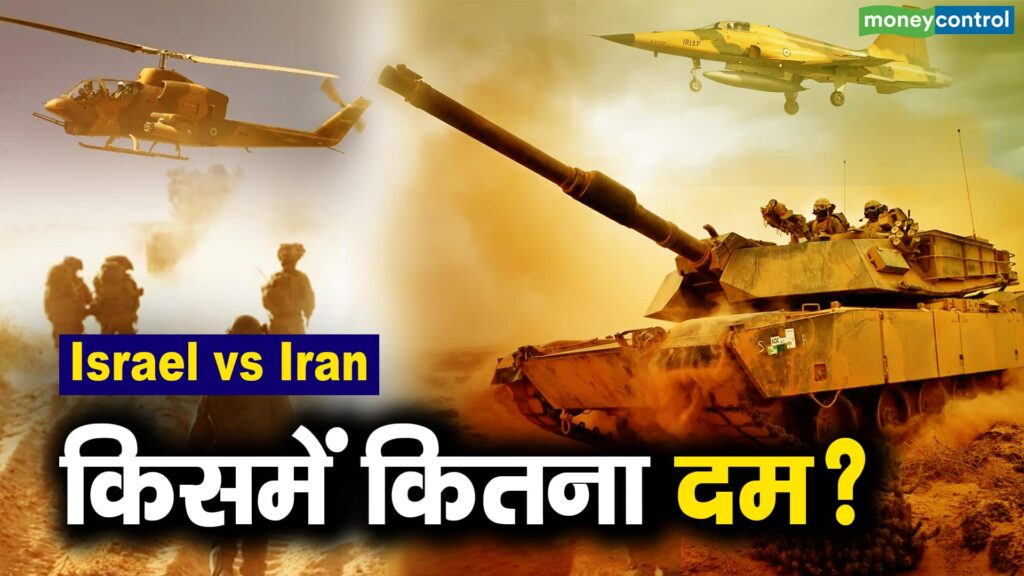Israel and Iran have a long-standing adversarial relationship, characterized by ongoing proxy conflicts and military tensions. However, recent developments indicate that both nations are rapidly moving towards a direct confrontation. This article delves into the military capabilities of both Israel and Iran, examining their offensive and defensive powers.
Overview of Military Strength
Both Israel and Iran possess significant military capabilities that reflect their respective strategic priorities and geopolitical ambitions. Understanding the strengths and weaknesses of each nation’s military apparatus is essential for assessing the potential for conflict between them.
Israel’s Military Capabilities
Israel is renowned for its advanced technology and well-funded military apparatus, often referred to as the Israel Defense Forces (IDF). The IDF focuses on rapid mobilization, high-tech weaponry, and intelligence-based operations.
| Category | Details |
|---|---|
| Active Personnel | Approximately 170,000 |
| Reservists | Approximately 465,000 |
| Combat Aircraft | Over 600, including F-35s and F-16s |
| Tanks | Over 2,000, mostly Merkava tanks |
| Nuclear Capability | Estimated to possess around 80 nuclear warheads |
Iran’s Military Capabilities
Iran’s military strength is rooted in its large standing forces and strategic asymmetric capabilities. The Islamic Revolutionary Guard Corps (IRGC) plays a crucial role in Iran’s military strategy, leveraging its influence in regional conflicts.
| Category | Details |
|---|---|
| Active Personnel | Approximately 534,000 |
| Reservists | Approximately 1,200,000 |
| Combat Aircraft | Approximately 300, including older models like F-14s |
| Tanks | Over 1,500, predominantly T-72 and locally produced models |
| Nuclear Capability | Reportedly working towards developing nuclear weapons |
Comparative Analysis of Offensive and Defensive Powers
Israel’s military strategy emphasizes a quick and decisive offensive action, often employing air superiority and advanced technology. In contrast, Iran has developed a more defensive posture, focusing on asymmetric warfare and the use of proxy forces across the region. Both countries leverage their strengths to deter each other while preparing for potential military confrontations.
Offensive Capabilities
Israel’s capability to launch precision strikes, particularly in neighboring countries, is backed by advanced missile defense systems and a robust intelligence network. Iran, meanwhile, relies on strategic depth, employing proxies in Iraq, Syria, Lebanon, and Yemen to extend its reach and exert influence.
Defensive Capabilities
Israel’s Iron Dome missile defense system is a key component of its national defense strategy, allowing it to intercept incoming threats effectively. Iran, on the other hand, continues to enhance its air defense systems while preparing for potential ground invasions through fortified positions and mobilization of its large reserve forces.
Conclusion
The military dynamics between Israel and Iran are complex and multifaceted, characterized by a delicate balance of power, technological advancements, and strategic positioning. As both nations continue to bolster their military capabilities, the potential for direct conflict remains a significant concern for international stability in the region. Understanding these military strengths and strategies is crucial for predicting future developments in the Israeli-Iranian rivalry.
